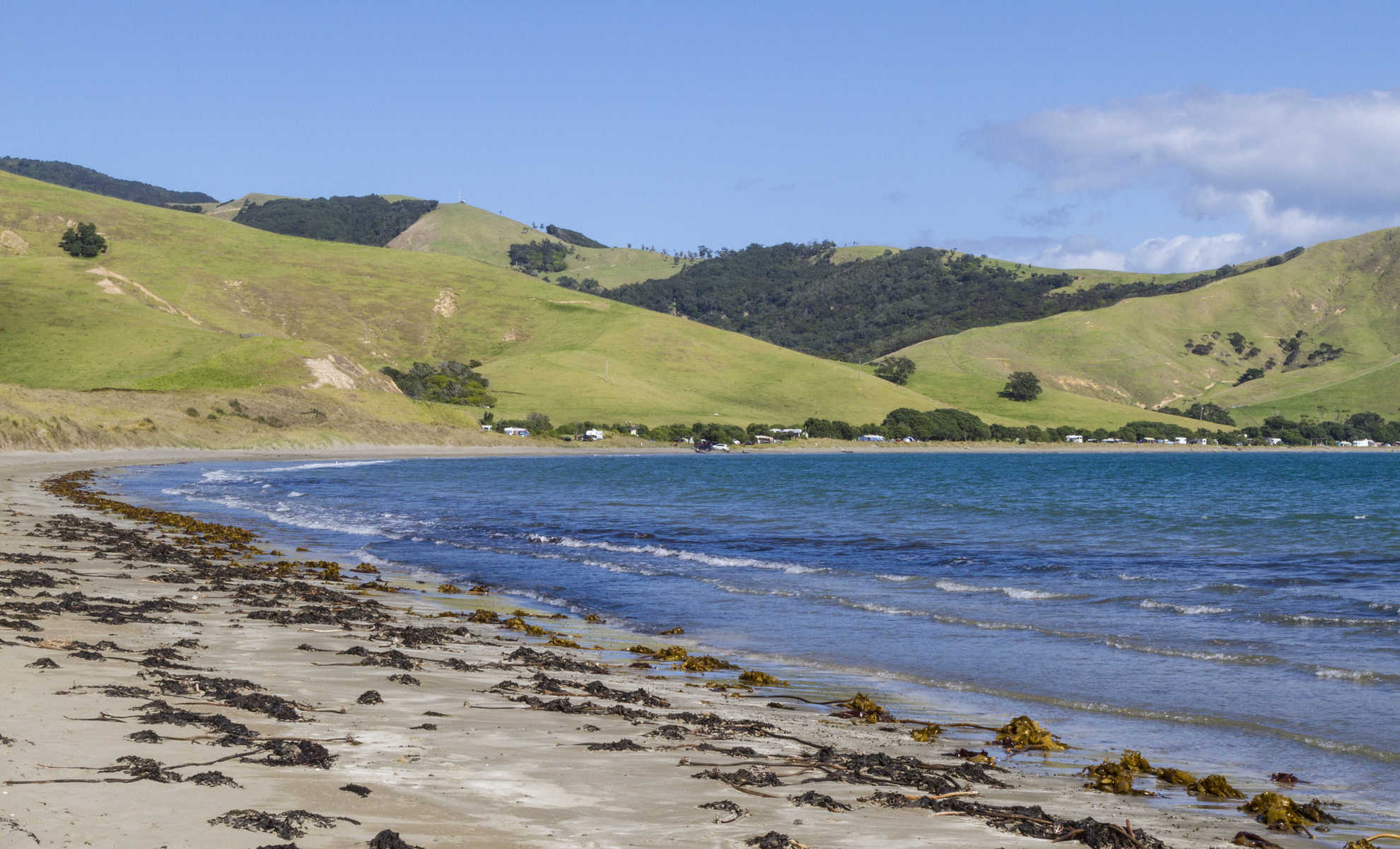Exclusive Economic Zone Act
The Exclusive Economic Zone and Continental Shelf (Environmental Effects) Act 2012 (EEZ Act) regulates the environmental effects of minerals mining activities (and other seabed activities) beyond the territorial sea. It allows the Minister for the Environment to recommend regulations classifying activities as permitted, non-notified discretionary, discretionary or prohibited. Permitted activities may occur without a marine consent, if the specified conditions are complied with. If an activity is classified as non-notified discretionary or discretionary a marine consent is required for the activity to be carried out. Prohibited activities may not occur.

The Exclusive Economic Zone and Continental Shelf (Environmental Effects – Permitted Activities) Regulations 2013 permit seismic surveying if the person undertaking the seismic surveying complies with the Department of Conservation’s 2013 Code of Conduct for Minimising Acoustic Disturbance to Marine Mammals from Seismic Survey Operations.
The regulations also permit prospecting for minerals and exploration for minerals. For these activities the regulations put in place a number of requirements, including:
- Iwi, hapū, customary marine title groups and protected customary rights groups must be notified at least 25 working days before the activity commences;
- Undertake an initial environmental assessment and provide this to the EPA at least five working days before commencing the activity with a sensitive environments contingency plan; and
- Ensure no more material is removed from the seabed or subsoil that is reasonably necessary to undertake the activity.
Schedule 2 of the EEZ Act details that an initial environmental assessment and sensitive environments contingency plan must:
- describe the activity concerned;
- state the co-ordinates of the area within which the activity will be conducted;
- describe in general terms (using the best available information) the environment likely to be encountered when the activity is being undertaken;
- identify and describe any sensitive environments that are likely to exist within the area;
- detail the methods that will be used to undertake the activity; and
- in relation to any sensitive environment that is likely to be encountered - assess the feasibility of carrying out the activity in another location; and assess the feasibility of measures that could be taken to reduce the amount of contact with the seabed, carry out alternative lower-impact activities and change the methods of operation to lower the impact of the activity on the environment
The regulations also require the EPA to monitor permitted activities to determine whether they are being undertaken in accordance with the conditions imposed by the regulations.
Minerals production mining in the EEZ is a discretionary activity. This activity status means a marine consent is required, and the application is notified, allowing the public to make submissions and participate in the hearing. To date, no minerals activities have been classified as non-notified discretionary.
The EEZ Act also regulates discharges and dumping from offshore installations as well as discharges from ships if it is a mining related discharges.
The Exclusive Economic Zone and Continental Shelf (Environmental Effects) Amendment Act 2013 (Environmental Effects Amendment Act) excluded the application of adaptive management to marine discharge consents (s 87F4). This change came into force on 31 October 2015, after the first TTRL decision and the decision on the Chatham Rock Phosphate application in 2013. All future seabed mining applications are now unable to utilise an adaptive management regime to resolve any uncertainty in the information provided.
There has also been further changes to the EEZ following the Exclusive Economic Zone and Continental Shelf (Environmental Effects) (Transition provisions) Amendment Act 2015 that came into force in June 2017. The key change affecting mining applications concerns alignment of the process for decision making on certain marine consent applications under the EEZ Act with that for Boards of Inquiry for Nationally Significant Proposals under the RMA.
Last updated at 11:40AM on January 10, 2018